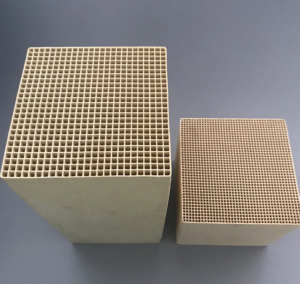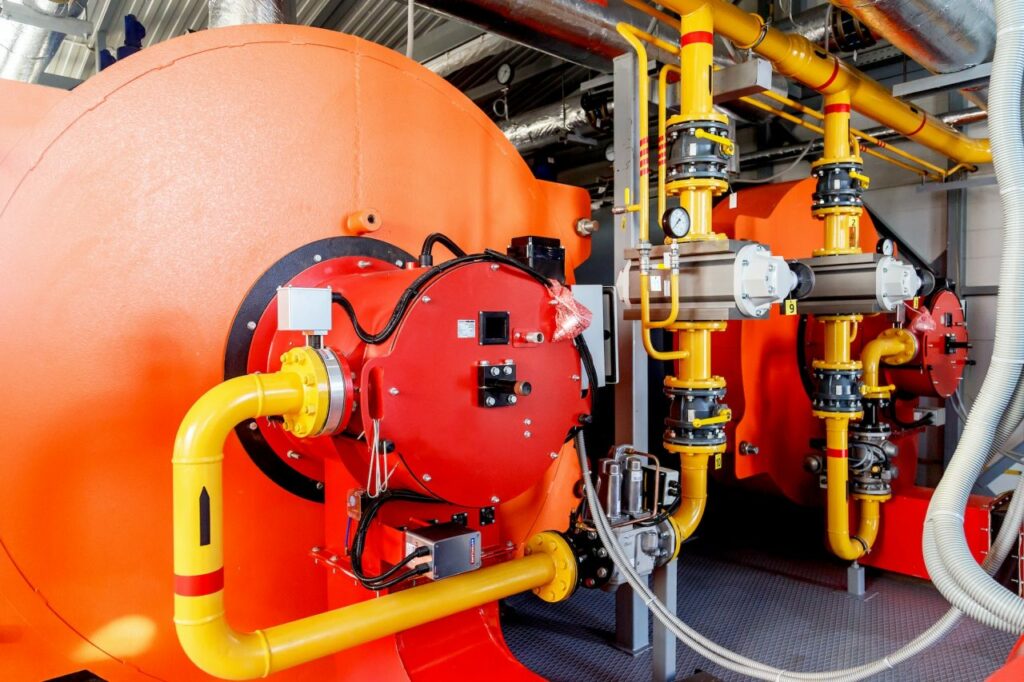When discussing car emissions, the term “catalyst” is often mentioned, but many drivers aren’t sure what it actually is. Simply put, the catalyst in a car is a critical component that reduces harmful exhaust gases, and Hualian Catalyst specializes in creating these parts—including exhaust gas catalyst products and ceramic honeycomb catalytic converter options. Let’s explore what a car catalyst is, how it works, and why it’s essential for modern vehicles.

Table of Contents
ToggleThe Basics: What a Car Catalyst Is
A car catalyst is a substance—typically a mix of precious metals like platinum, palladium, or rhodium—coated onto a substrate (a base structure). Its job is to speed up chemical reactions that convert harmful pollutants in exhaust gases into less harmful substances. This process happens without the catalyst being used up, making it a durable solution for long-term emission control.
How It Works: The Science Behind It
When your car’s engine burns fuel, it produces harmful gases: carbon monoxide (toxic), hydrocarbons (air pollutants), and nitrogen oxides (which cause smog). As these gases pass through the catalyst, the metals trigger reactions: carbon monoxide is oxidized into carbon dioxide, hydrocarbons are broken down into water and carbon dioxide, and nitrogen oxides are reduced into nitrogen (a harmless gas). This all happens quickly, even at high exhaust temperatures, thanks to the catalyst’s design.
Types of Car Catalysts
The most common type is the exhaust gas catalyst, found in nearly all gasoline and diesel cars. It’s often part of a ceramic honeycomb catalytic converter, which uses a porous honeycomb structure to maximize surface area. This design ensures more pollutants come into contact with the catalyst, making the conversion process more efficient. Hualian Catalyst’s ceramic honeycomb catalytic converter products are engineered for durability, withstanding temperatures over 600°C while maintaining performance.
Why It Matters for Emissions and Performance
Without a catalyst, cars would release far more pollutants, violating regulations like Euro III-VI. The exhaust gas catalyst in our ceramic honeycomb catalytic converter products reduces emissions by up to 90%, making it a key tool in fighting air pollution. It also helps engines run more efficiently: by optimizing exhaust flow, it reduces backpressure, improving fuel economy and acceleration.
Conclusion
The catalyst in a car is a small but powerful component that converts harmful exhaust gases into safer substances. Hualian Catalyst’s exhaust gas catalyst and ceramic honeycomb catalytic converter products are designed to do this effectively, ensuring cars meet emission standards and run cleanly. Understanding its role helps drivers appreciate the technology that keeps our roads eco-friendly.


